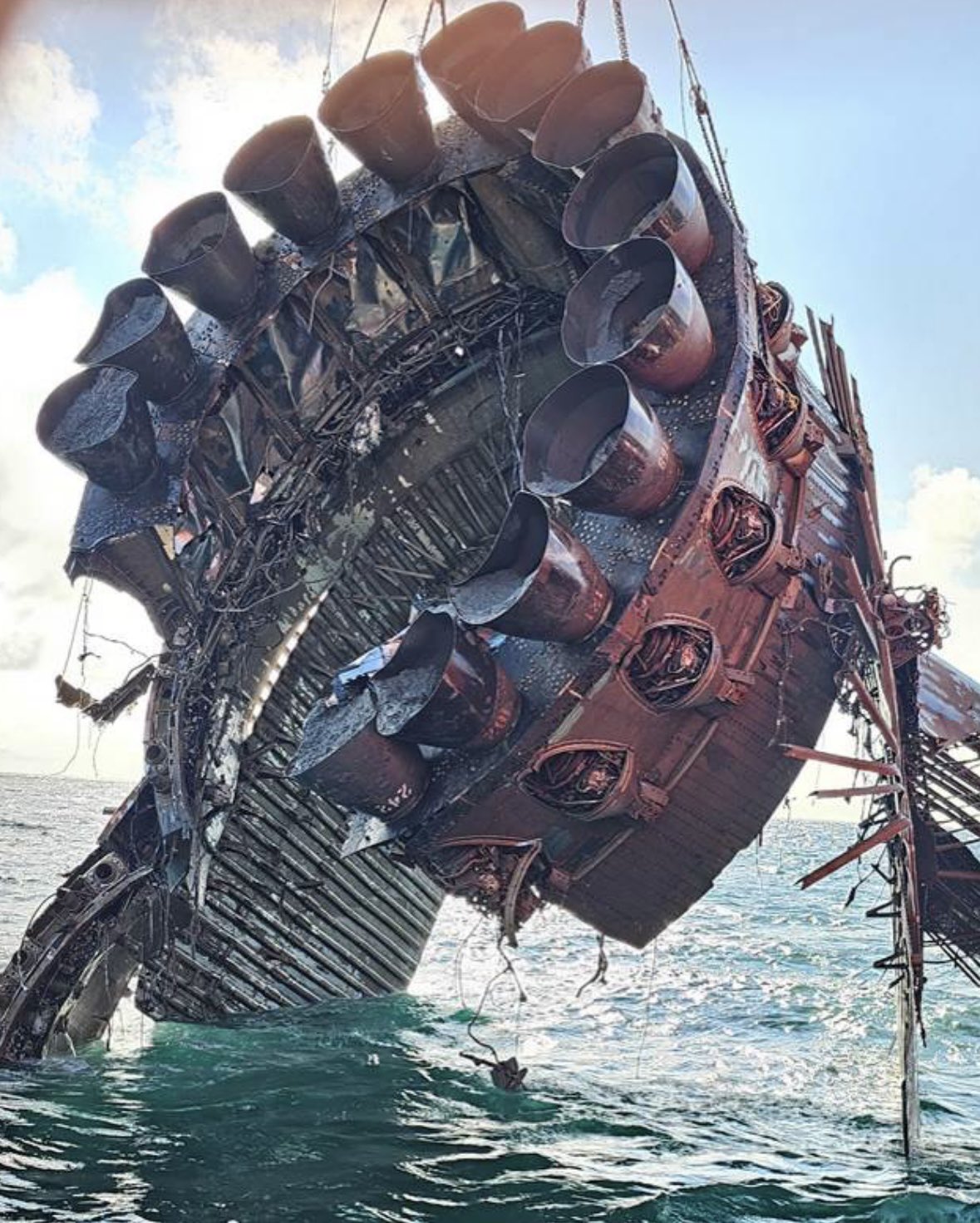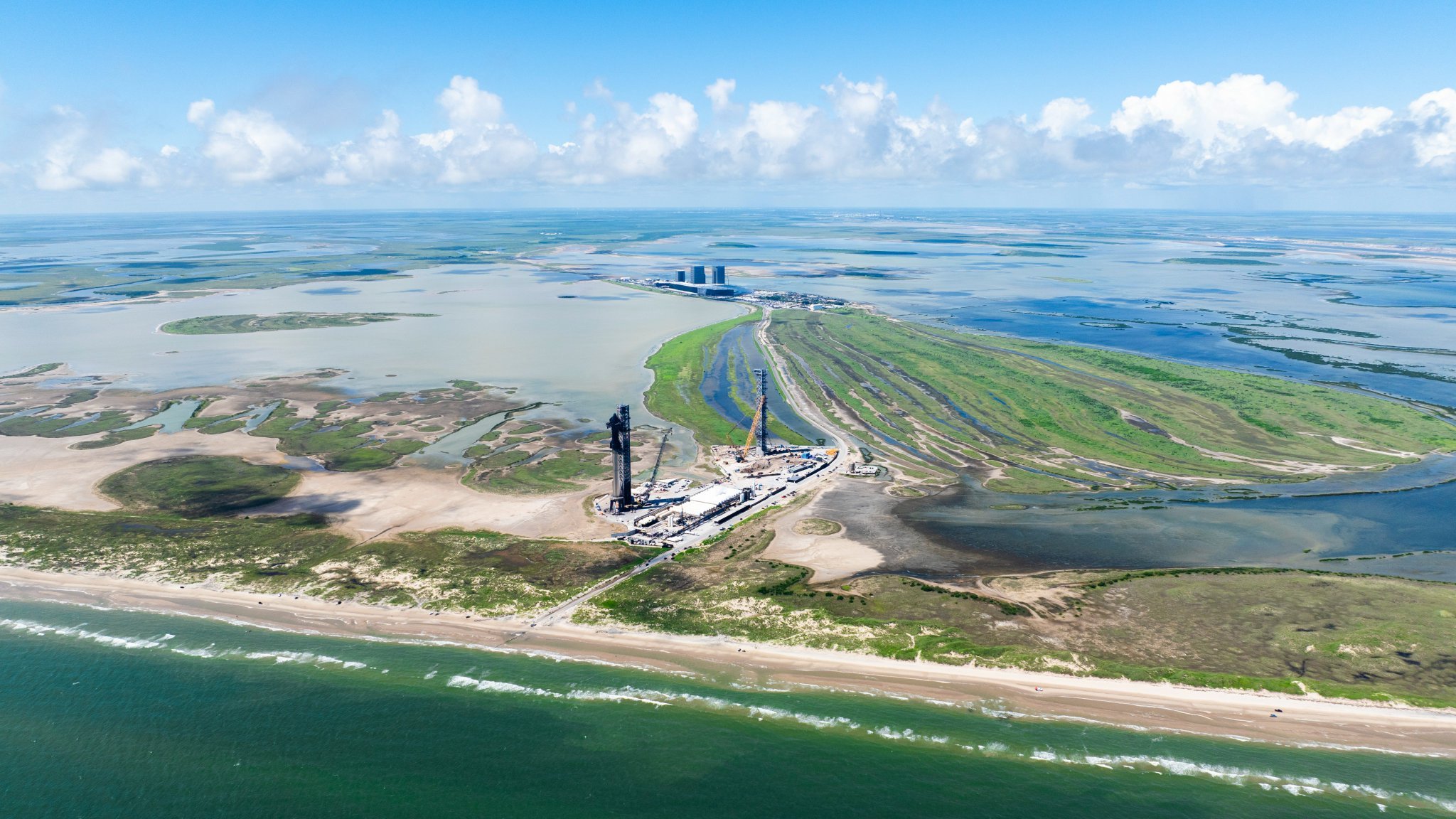SpaceX
1891 readers
45 users here now
A community for discussing SpaceX.
Related space communities:
- [email protected]
- [email protected]
- [email protected]
- [email protected]
- [email protected]
- [email protected]
- [email protected]
- [email protected]
Memes:
founded 1 year ago
MODERATORS
1
2
3
4
5
6
7
8
9
16
Two-member SpaceX Crew-9 prepares for late week Dragon launch – Spaceflight Now
(spaceflightnow.com)
10
11
12
13
14
15
16
17
18
19
20
21
22
18
Polaris Dawn set to return home after landmark commercial spaceflight - NASASpaceFlight.com
(www.nasaspaceflight.com)
23
18
Launch Pad work continues at Starbase as Flight 5 delayed by FAA - NASASpaceFlight.com
(www.nasaspaceflight.com)
24
25
view more: next ›












